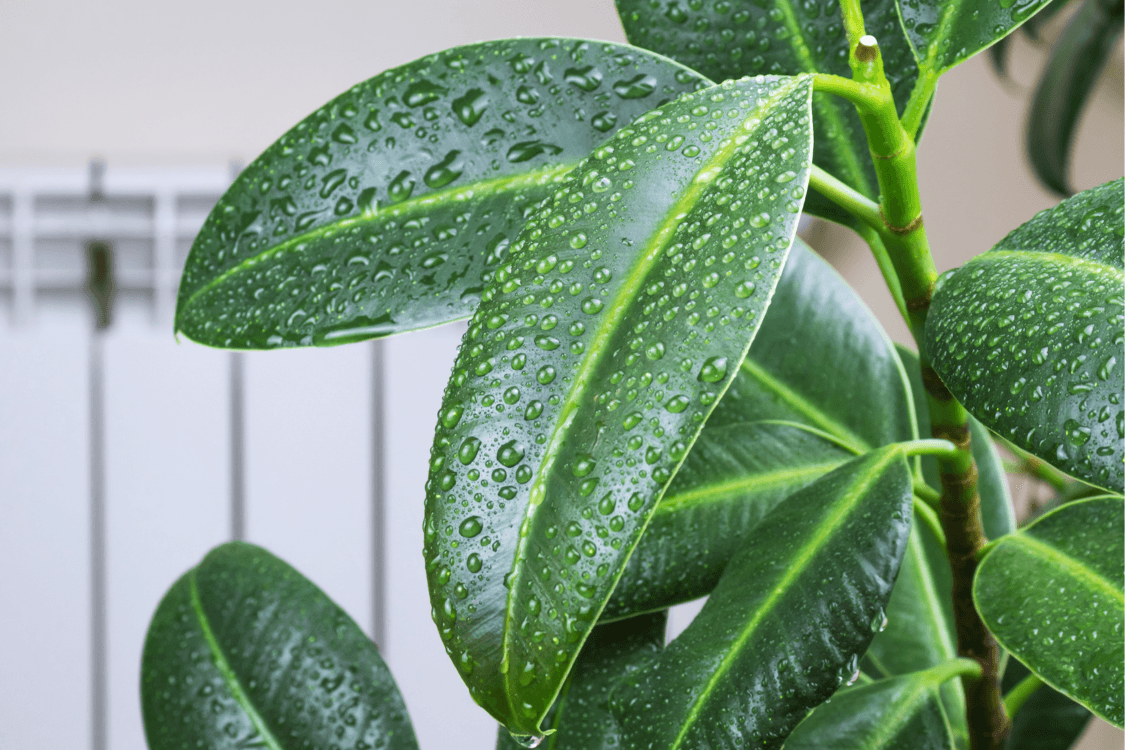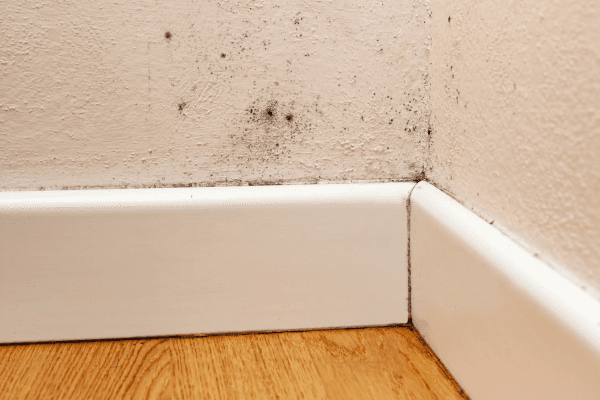
Cleaning hacks
Descaling kettles - Tips in different ways
Tips on different ways to descale kettles
Even though you only use the kettle to heat water, after a while it gets a deposit that does not look appetizing. This is because water contains magnesium and calcium carbonate or carbonated lime as it is also called. Calcium carbonate is a natural and harmless mineral found in all water, although so-called hard water contains more lime. When water is heated, the lime present in the water changes to a solid form, so-called calcium oxide or burnt lime, which settles as a thin coating on the bottom and edges of the kettle.
In this article, we show you how you can easily remove the limescale deposits in your kettle with the help of products that you probably already have at home. The easiest way to prevent a build-up is to rinse the kettle with cold water and then wipe it off after each use. If you have not had that routine, here are tips on simple methods that you can use instead.

Descale kettle with vinegar
Lime is alkaline and to get rid of deposits you need to add acid that lowers the PH value in the water. At the same time, it is important that the acid is not too concentrated as it can damage both the kettle and you. Vinegar is a good acid to use which is also common in the pantry. It is an effective and at the same time gentle way to descale the kettle.
Vinegar comes in various forms. The most commonly used in cooking contexts are acetic acid and acetic alcohol. The difference between them is that acetic acid is more concentrated. In kettles, they are most suitable to use vinegar because it is more diluted with water.
When you need to descale your kettle with vinegar, do the following:
- Mix two decilitres of vinegar with eight decilitres of water
- Pour the mixture into the kettle Bring to the boil and let it work for a quarter of an hour
- Then clean with a dish brush
If the deposit is tight, you may need to repeat the procedure.
If you are worried that the vinegar will add flavor to the water, you can easily solve it by boiling only water a few times before using the kettle to heat water that you intend to use.
Clean kettle with lemon
Another good way to remove limescale deposits is to take the help of lemon. This is because the fruit naturally contains both citric acid and ascorbic acid. It is thus effective against lime.
To descale with lemon, do the following:
- Fill the kettle with water
- Add lemon, either a whole cut into pieces or a deciliter of squeezed lemon juice Boil everything together Let it work for an hour
- Clean with a dish brush and rinse
To avoid the lemon adding flavor to the water, you can boil water a couple of times which you then pour out.

Liming kettle with ascorbic or citric acid
Ascorbic acid is a substance found naturally in several fruits and vegetables. You can also buy it as a powder in the grocery store to add if you, for example, make apple puree so that it does not turn brown. Ascorbic acid slows down the effect of oxidation, ie the effect of oxygen on food. Citric acid is also naturally present in many berries and fruits. It has the same function as ascorbic acid but is stronger. Citric acid is also available as a powder in the food trade.
If you use ascorbic or citric acid to descale the kettle, proceed as follows:
- Fill the jug with water
- Pour in three teaspoons of either ascorbic or citric acid Boil the mixture
- Repeat with the same water a few times
- Rinse the kettle three times
If necessary, increase the concentration of acid in the water by adding more citric acid as it is stronger. Then repeat the procedure. You can also let the water boil several times if the deposits are hard. When you are happy with the result, rinse with cold water.
Clean kettle with effervescent tablet
If you have neither ascorbic nor citric acid at home, you can also use a regular effervescent tablet with vitamin C. It also contains ascorbic and citric acid. If you use an effervescent tablet, put it in the water you filled in the kettle. When the tablet has dissolved, boil the water. Then let the mixture work for an hour before pouring out and cleaning with a dish brush. Then rinse with cold water.
Affects energy consumption
The reason why you should remove the limescale deposits is because over time they will lead to more energy being required to heat your water. The deposits affect the performance of the device. In addition, it may mean that you need to buy a new device more often as the life is shortened. So by descaling often, you save both energy and reduce waste of resources.
Contact Us
If you have other questions about cleaning in the home or, for example, limescale deposits in more visible places that you want to get rid of, Freska is happy to help you. Go to our services page to see what we can assist with. On the website you will also find many other useful cleaning tips.
FRESKA'S BIG CLEANING COMPETITION
Tävla om hemstädning i ett helt år! – Värde: 25 000 kr.
Dessutom dras en vinnare varje månad där du tävlar om presentkort, dammsugare och andra fina priser!
Fyll i formuläret och svara rätt på frågan för att delta i tävligen! ✨



